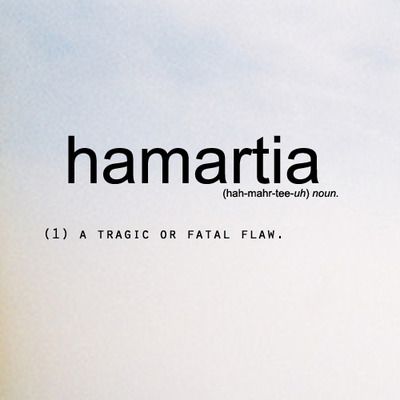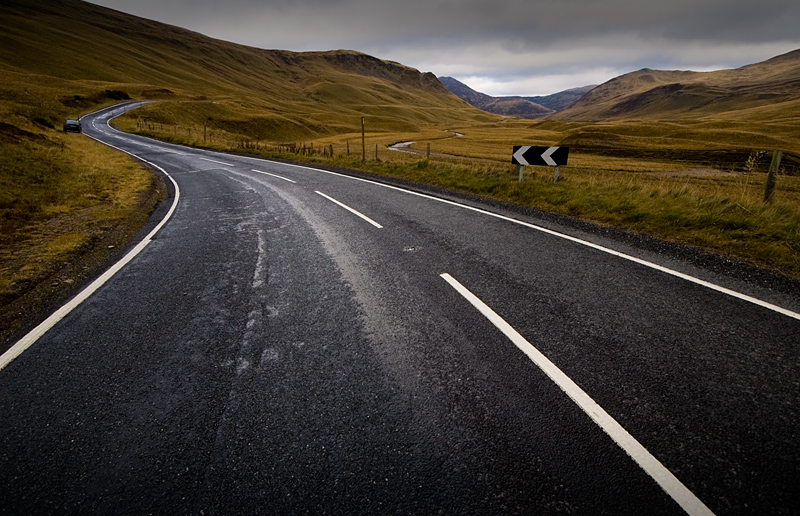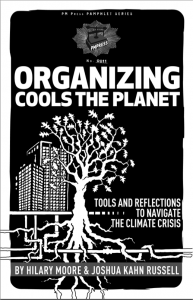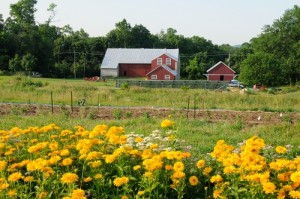Merchants of Doubt paints a bleak picture of the state of affairs, from climate change to general rampant miss information. In regards to climate change it almost seems that Climate Change has never had a time to shine. In 1965 Roger Revelle made a prediction that by the year 2000, we would see physical changes in temperature due to increased CO2 in the atmosphere. Lyndon Johnson took the report to congress where it was essentially swept under the rug. Oreskes and conway explain that it was because of timing, there were more pressing concerns. It is clear that until very recent years there has been a generally downward spiral in the state of the world climate. In fact environmental issues as a whole always seem to fall low on the “pressing” scale. It would seem that because many environmental issues are “it will get bad in the future” kind of issues that they rarely seem to be dealt with “now”. Governmental policies, historically have not seemed to address and project what unchecked issues could potentially have in the future. Only recently when the current state of the environment has become blatantly apparent have there been more active movements towards preventing future issues.
Apart from the obvious issues presented in Merchants of Doubt, there seems to be one issues that contributes to the others. The issue of the modern age of communication. As expressed in the conclusion the right to freedom of the press is a double-edged sword. As they say everyone has an opinion, and with the advent of the internet, now you can share yours with everyone: “Opinions sometimes express ill-informed beliefs, not reliable knowledge.” Whats worse is that scientific fact has become harder for people to believe. By its nature the scientific process is designed to be proven wrong, and change. experiments are done, data is recorded and a consensus is met, yet with additional research that consensus can change easily and dramatically. Internet opinion, is organic in that it also changes constantly. I believe that people have been conditioned to not believe things that change often, that appear “wishy washy”. Because of this, scientific reasoning appears similar to internet information, and people are less likely to believe. In the example of climate change science, the addition of nay sayers only reinforces peoples belief that it can not be true.
With the ability of the internet, the words of Alexis de Tocqueville become very prevalent:
“A confused clamor rises on every side, and a thousand voices are heard at once”


 Mark Adams, intentionally or not, teaches a very important lesson about adventures. The age old saying “its about the journey, not the destination” rings especially true for Mark or anyone else who has trekked to Inca sites in Peru. At the onset of his expedition, Mark believes Machu Picchu to be his final destination and the most spectacular aspect of his journey, yet he is ultimately disappointed when he finally gets there. Throughout his travels with John, Mark is exposed to the raw power of the Peruvian landscape, and gets to see Inca ruins that are largely untouched, yet when he gets to Machu Picchu he is presented with a completely different site. In part he is disappointed by the state of Machu Picchu, the big entrance gate, large number of people, and switchback bus road up the mountain have a spoiling effect on the place. Now, Mark adams is not diminishing the wonder of the site, rather calling in to question peoples impact there. Is it right for people to so
Mark Adams, intentionally or not, teaches a very important lesson about adventures. The age old saying “its about the journey, not the destination” rings especially true for Mark or anyone else who has trekked to Inca sites in Peru. At the onset of his expedition, Mark believes Machu Picchu to be his final destination and the most spectacular aspect of his journey, yet he is ultimately disappointed when he finally gets there. Throughout his travels with John, Mark is exposed to the raw power of the Peruvian landscape, and gets to see Inca ruins that are largely untouched, yet when he gets to Machu Picchu he is presented with a completely different site. In part he is disappointed by the state of Machu Picchu, the big entrance gate, large number of people, and switchback bus road up the mountain have a spoiling effect on the place. Now, Mark adams is not diminishing the wonder of the site, rather calling in to question peoples impact there. Is it right for people to so 



